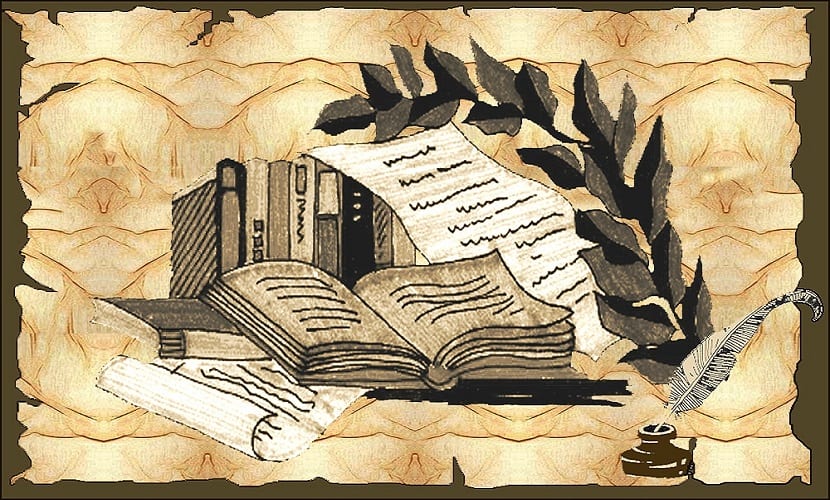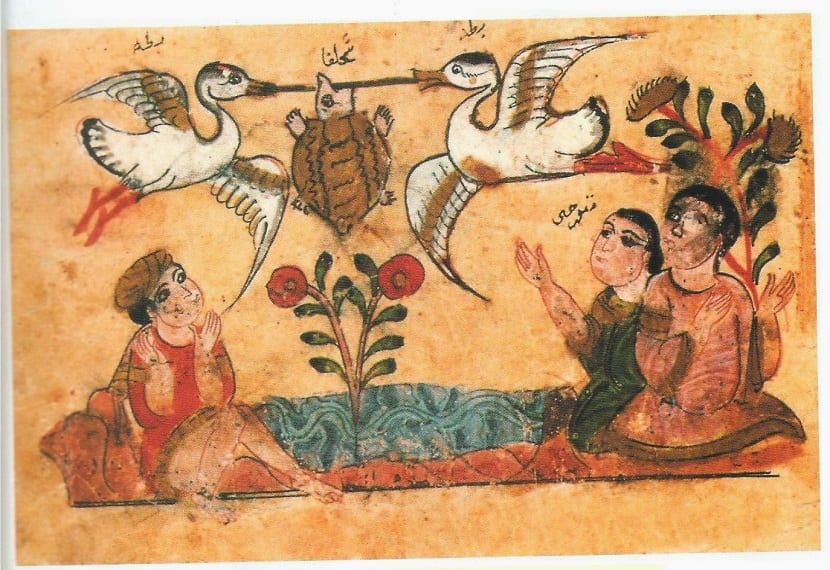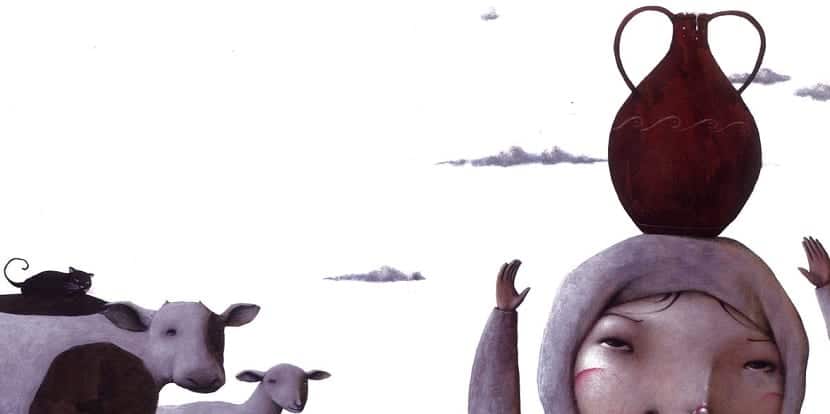Today we enjoy our current literature and also those classics that famous authors left us before leaving, but how did literature come to our days? Do you know anything about the literary tradition? If you have ever wondered how this hobby that has so hooked many of us has spread over the centuries, stay and read this article with us. In it we tell you the literary transmission to the present day.
The literary tradition
When we talk about literary tradition we are talking about the set of works created throughout history. This set of works make up a background that writers, both current and old, use as model for your creations.
La Spanish literary tradition It is made up of the set of works that have been written in Spain over the years, but it maintains close relationships with the literatures of other countries like French, Italian, English, etc. For example: Pinocchio or Gulliver do not belong to Spanish literature, however they are characters that are part of our tradition.
Spanish literature is formed within the western literary tradition, of which other European and American literatures are also part. This literary tradition began to form in the Ancient Greece 28 centuries ago and was increased by contributions made by writers of the Ancient Rome and for the biblical tradition. Rome, Greece and the Bible contributed themes and styles that centuries later served and continue to inspire European and American writers.
Literary transmission process
The process that has allowed the transmission of literature over the years it works like this: a writer takes existing arguments, themes and characters and incorporates them into his work through a process of transformation; in turn, this new work becomes a source of inspiration for others.
An example of this process is the story of the character who plans his future but loses everything. This fable has an ancient origin and still remains today. Next, we are going to see how this story has evolved over time through new literary texts:
pancha tantra
In an old work of the indian literature, pancha tantra, a story is collected whose protagonist is a poor Brahmin who dreams of the benefits that the sale of his rice cooker will bring him, but accidentally the pot breaks. The story begins like this:
In a certain place there lived a Brahmin named Svabhakripana, who had a pot full of rice that had been given to him as alms. He hung this pot from a nail on the wall, put his bed under it and spent the night looking at it without taking his eyes off it, thinking like this: -This pot is completely full of rice flour. If a time of famine befalls now, I can get a hundred pieces of silver from him. With the coins I will buy a couple of goats. As these breed every six months, I will gather a whole herd. Then with the goats I will buy ...
Calila and Dimna
The story comes to the West through a arabic collection of stories titled Calila e Dimna. This time, the protagonist is a religious and the object is a jar with honey and butter:
«They say that a religious received alms every day at the house of a rich man; They gave him bread, butter, honey, and other things. He ate the bread and the rest he stored; He put the honey and butter in a jar until it was full. He had the jug at the head of his bed. There came a time when honey and butter became more expensive, and the priest said to himself one day, sitting on the bed: ».
Don Juan Manuel
In the XNUMXth century, the Infante Don Juan Manuel picked up the subject in a story starring a young woman carrying a pitcher of honey:
"Count," said Petronio, "there was a woman named Dona Truhana, poorer than rich, who one day went to the market carrying a pot of honey on her head." Going down the road, he began to think that he would sell that pot of honey and that he would buy with the money a batch of eggs, from which hens would hatch, and that later with the money he would sell the hens he would buy sheep, and thus he was buying with the profit until she was richer than any of her neighbors.
The story of «La lechera», by Félix María Samaniego
Five centuries after the writing of Don Juan Manuel, Félix María Samaniego writes a new version of the story in verse:
He wore in his head
a milkmaid the pitcher to the market
with that alacrity,
that simple air, that pleasure,
who is saying to everyone who notices it:
I am happy with my luck!
... the happy milkmaid marched alone,
they said to each other like this:
«This milk sold,
he will give me so much money ... ».
And so to this day, until we have with us lyrics written by Shakespeare, by Neruda, by Cervantes, by García Márquez, by Benedetti, and by many others, great before and great forever ... Because literature never dies, and there will always be texts that make it persist in time, for many centuries to pass.


